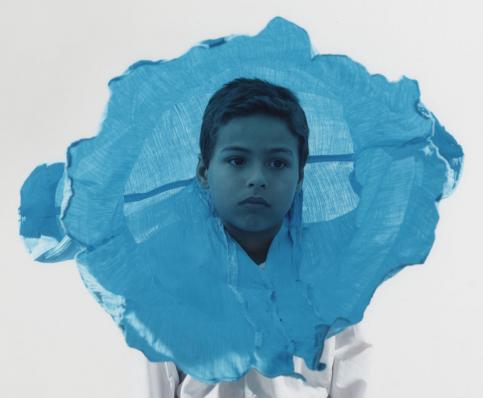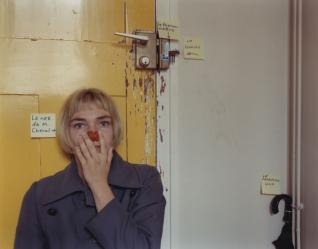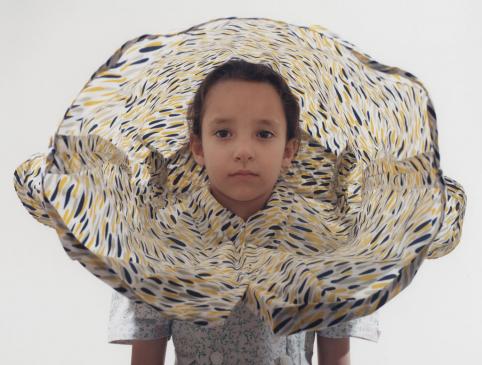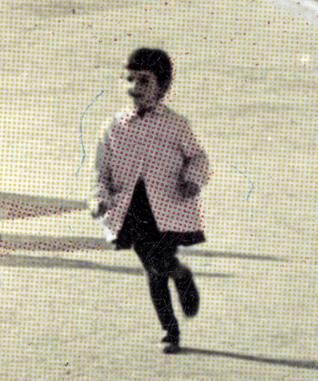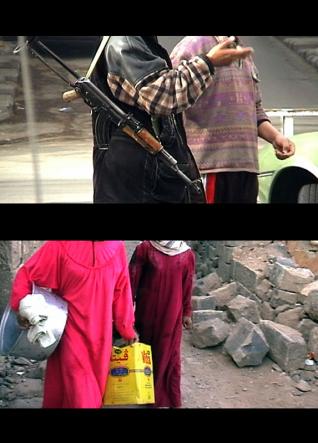In December 2016, François Cheval will step down from his job as director of the musée Nicéphore Niépce. It is an opportunity to review twenty five years of an unprecedented acquisitions policy in terms of contemporary photography.
The museum could never be referred to as a place for keeping old works of art, pieces from those with “established” pedigrees. On the contrary, it has always taken its role in supporting creation very seriously. It has hosted artist residencies, constituted bodies of work that provide a comprehensive overview of the careers of many artists, it has produced prints in tandem with the photographers themselves, it has set up artistic projects in the town of Chalon, and these choices opened the collections up to a reflection on the world and the medium through the expert eye of the artist.
This exhibition was put together with support from :
Olympus France, BMW France, Canson, HSBC, the Ministry of Culture and Communication – / DRAC Bourgogne Franche-Comté and the Friends of the Nicéphore Niépce museum.
In the original model of the musée Nicéphore Niépce, founded by Paul Jay in 1974, the photographer and the artist were one and the same. The founder surrounded himself with a range of characters such as Philippe Néagu, André Jammes, Jean-Pierre Sudre, etc, and the period gave rise to a certain affirmation of photography as an art form, nostalgic for know-how and a search for the truth of the medium as an individual creative space. Jean-Claude Lemagny’s declaration of love was taken up by Paul Jay: “To love photography carnally. The expression may seem bizarre but I simply wish to point out that all true love is of the flesh
”.
Photography was first and foremost about what could be felt. It was talked of as of a loved one, describing its tactile qualities. “Skin”, “flesh” and “matter”, such was the truth of a humble photography, far from the market, from contemporary art and its concepts. The facility of the big format was to be mistrusted, colour suspected for its vulgarity. In short, the only photographers invited to show in the museum were those who occupied the moral high ground. The contemporary photographer, a veritable demigod, an “auteur” in the full sense of the term, was almost considered to be an alchemist, an apprentice sorcerer.
Since 1996, the figure of the all-powerful photographer has been replaced by the photographer seized by doubt and uncertainty! Twenty years of contemporary acquisitions have called the medium invented by Nicéphore Niépce definitively into question. The issue became more than just introducing a new aesthetic, each image and each series spread doubt about the preconceived notions about the photographic act. It was important to avoid reducing things to the inner circles of the photographic milieu so the collection chose to provide an alternative to the “vulgar” images of the world. The contemporary collection is a militant act, embodying a fierce intention to stand up to entertainment, to a society hooked on showbiz. It shows a series of new perspectives from photography professionals, well-versed in the ruses of the medium, not by sacralised “auteurs”. To this end, the choice to only acquire complete series, to produce them often, and to create loyal relationships over time provides an overview of both the crisis in photography and its possible regeneration.
The roles we give to all of those we invite or summon are multiple and complex. They are asked, this time without humility, to rebuild the photographic object in its entirety. To do so, they are required to participate with gusto in the destruction of a tottering old edifice that is crumbling under attacks from modern media and social networks. Everything is up for grabs. All of the criteria imposed from the outside are there to be undermined; the auteur and the concept of the photographic work, that undefined category of “intention”, the arbitrary “periodisations” and the “history” of photography.
The musée Nicéphore Niépce is no longer obsessed by rarity and the unique print. Thanks to the museum’s technical facilities [ production laboratory, residencies…], it has managed to propose a new form of relationship with the photographer. The term “auteur” has been replaced the term “expert”, a term we prefer, that defines a person with the technical and cultural know-how needed to question the anthropological relationship between modern man, the camera and the world at large. The acquisition policy was constructed in a permanent state of polemic between the provincial institution and the photographer. The “subjects” surfaced after fights and debates. They took shape in opposition to the art market and the institutionalisation of art. They emerged thanks to the economic situation and the cultural crisis in photography. We once spoke of “necessary” purchases when the notion of art, which here is useless, disappeared in favour of critical but always joyful narratives. Contemporary photography can today only take credit from its attempts to bear witness not to the state of the world, but to the relationship we maintain with the autocratic image that blends with the new merchandise. It brings before us the object of predation, it exhibits a clear tendency to reduce head size, a permanent temptation to be a totalitarian and futile object, an object of social control and pure satisfaction.
It stands up to the medium’s supposed capacity and legitimacy to reproduce the real, to its objectivity.
What the eye of the expert has brought to the musée Nicéphore Niépce and to its visitors is the demonstration of a photography without any real consequences on the world, but a photography that gave the impression of a new found freedom. Liberated from narcissism, decoration and artiness, contemporary photography was set free to play with the machine and its potentialities.
François Cheval

